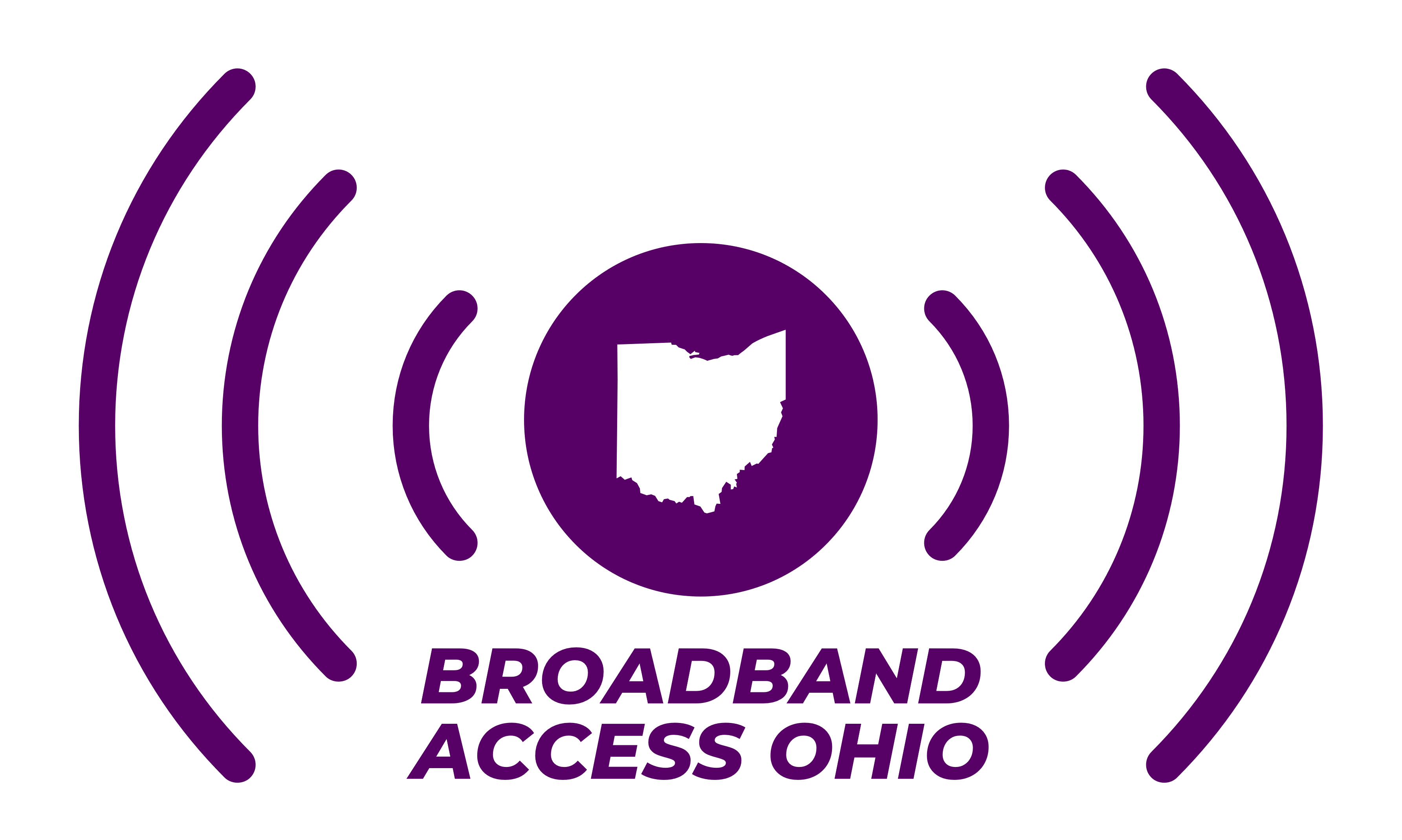RESOURCES
If you’re interested in learning more about the impact of community-owned broadband and the benefits of public-private partnerships in securing high-speed internet access, we invite you to take a look at these resources below.
The Brookings Institute
Digital prosperity: How broadband can deliver health and equity to all communities
This study from the Brookings Institute documents the positive benefits of broadband internet access to job-seekers, businesses and communities. The study recommends the use of community-owned broadband networks to expand internet access.
Deloitte
Broadband for all: charting a path to economic growth.
This analysis from Deloitte highlights a strong correlation between broadband availability and jobs and GDP growth. The analysis also shows that higher broadband speeds drive noticeable improvements in job growth.
Federal Reserve Bank of Richmond
Bringing Broadband to Rural America
This research shows rural broadband access leads to increased job and population growth and lower unemployment rates.
Purdue University
This 2018 study found a three-fold return on broadband installation investments.
Ohio State University
Connecting the Dots of Ohio’s Broadband Policy
This 2017 study by the Ohio State University Swank Program determined that consumer benefits of broadband access is between $1,500 to $2,200 a person a year. That roughly translates to a possible economic boost of $22 to $33 million annually to the county.
New America
This report found that across North America, Europe, and Asia, the highest average monthly prices for internet in the United States. In the U.S. market, prices vary widely across the country—but municipal networks tend to offer the fastest, most affordable options.
Next Century Cities
The Opportunity of Municipal Broadband
Municipal broadband networks present an opportunity to connect communities to this vital future-proof infrastructure—but many states have legislation in place that outright bans or de facto bars municipal networks from being built.Conservative analysis shows that over 11 million Americans—over half of the country’s estimated unconnected population—who do not have access to broadband live in states where municipal networks are barred or outright banned by state legislation
Institute for Local Self Reliance
Ohio’s Community Broadband Solutions
Examples of Ohio municipal networks who have created local government savings, increased speeds, promoted services competition, and powered economic development through expanding internet infrastructure.
Connecting Appalachia
Common Sense Solutions for Closing the Digital Divide
This report explores three principles for broadband expansion: investing in robust broadband infrastructure, encouraging competition to spur Innovation and protect consumers, and require accountability and transparency.
The Ohio State University
Finding the Missing Dots: An Update on Ohio Broadband Policy
A 2022 April report released by researchers with the Ohio State Swank program says there is a strong economic benefit for Ohio to invest in expanding and enhancing broadband coverage to unserved areas, as well as making the service more affordable and ensuring that users have access to adequate devices to use the internet for their needs.
